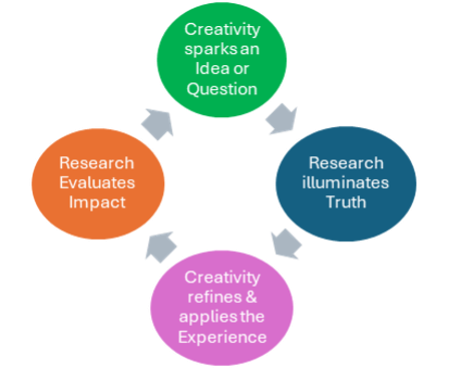Beyond Marketing: Designing Competitive Experience-centric Advantage
- TAG

- Nov 14
- 3 min read
The next era of tourism leadership belongs to destinations that create connection, not just promote visibility.

The future of destination marketing isn’t about what travelers see and do — it’s about what they feel when they get there. In today’s uncertain and competitive travel landscape, destinations can no longer rely on traditional strategies rooted in infrastructure, advertising, or attractions.
Future tourism advantage lies in creating experiences that forge emotional connections —co-created with residents, grounded in authenticity, and designed to transform the traveler.
“Destinations that design for meaning, not just marketing, will own the future of tourism.”

This emerging experience-centric approach marks a new phase in tourism strategy, one where competitive edge is shaped not by what a place has, but by how travelers feel when they are there, and the memories they bring home.
Central to this shift is the powerful interplay between research and creativity. These two forces are not at odds, but partners. While creativity fuels storytelling and immersive design, research ensures relevance, alignment, and measurable impact. When strategically integrated, tourism and destination marketers can craft emotionally resonant offerings rooted in and aligned with community values.
This convergence between creative strategy and rigorous insight is exemplified by Beyond the Selfie: Cracking the Traveler’s Experience Code™, an investigative initiative developed by the Travel Analytics Group (TAG).

Based on a qualitative focus group discussion, followed by a quantitative internet survey of national travelers, TAG conducted research to explain the often-used but little-defined word and concept of what "experience" means to travelers, and to differentiate its meaning among various segments.
The results decode the emotional, cognitive, and cultural dimensions of travel, identifying what truly drives connection, meaning, and transformation. Its findings confirm that travelers remember not what they did, but how a destination made them feel—the foundation of the experience-centric era.
When creativity and research serve as dual engines of experience-based strategy, tourism destinations can gain a lasting advantage in several essential ways.
Creativity and Research: The Dual Engines of Experience
Creativity and research are not competing forces in an experience-centric tourism strategy. They are complementary tools that, when combined effectively, form the foundation for creating a sustainable competitive advantage.
However, their balance has shifted. In earlier strategy eras, research dominated, with data, metrics, and benchmarking driving most tourism decisions. Destinations primarily validated efforts through measurement, rather than imagination, with creativity considered too subjective, risky, or secondary to analytics.
In today’s experience-driven marketplace, data alone cannot deliver differentiation.

This process can be initiated by a creative spark, an observation, or a question that leads to "what if" scenarios or hypotheses.
From that, a research approach, either qualitative and/or quantitative, is crafted to discover and illuminate what lurks beneath the surface of the "what if" questions.
With the results, creativity regenerates into meaningful and practical applications. Additionally, once action is taken, research can be reconsidered to measure the change and explore new meanings.
This shift reflects a more profound understanding: sustainable advantage in tourism comes not from knowing more, but from thinking differently, using creativity and a creative process, and then implementing research to inspire creative breakthroughs that shape connection, belonging, and memory.
Together, they form a loop (or cycle):

The Beyond the Selfie methodology embodies this cycle approach, thereby bridging emotion and evidence —translating human connection into actionable strategy.



Strategic Takeaway
In this new experience-centric era:
Research is the compass. It guides where to go and ensures relevance.
Creativity is the vehicle. It transports people emotionally, making the journey unforgettable.
The Beyond the Selfie research confirms what intuition has long suggested: emotion is the new currency of competitive advantage and strategy begins where emotion lives.
Destinations that harness both creative imagination and research rigor will design experiences that are not only unique but deeply meaningful, memorable, and marketable.
Destinations that are designed for meaning will build deeper loyalty, stronger advocacy, and more resilient community alignment.

An experience-centric strategy creates an advantage not by what you build, but by what people feel. It enables destinations to surpass commodity-level tourism and establish lasting emotional differentiation.
The Beyond the Selfie research confirms what intuition has long suggested: emotion is the new currency of competitive advantage.
Destinations that are designed for meaning, not just marketing, will build deeper loyalty, stronger advocacy, and more resilient community alignment.
The future of tourism leadership belongs to those who begin strategy where emotion lives.
About the Travel Analytics Group
The Travel Analytics Group (TAG) is a partnership between two recognized travel industry professionals: strategist Carl Ribaudo and researcher Lauren Schlau.
Its groundbreaking TAG-initiated Beyond the Selfie experience study reinforces the efficacy of integrated research precision and strategy creativity, which it uses to help its clients see differently and compete effectively.
To learn more about services and consulting, contact them.




Comments